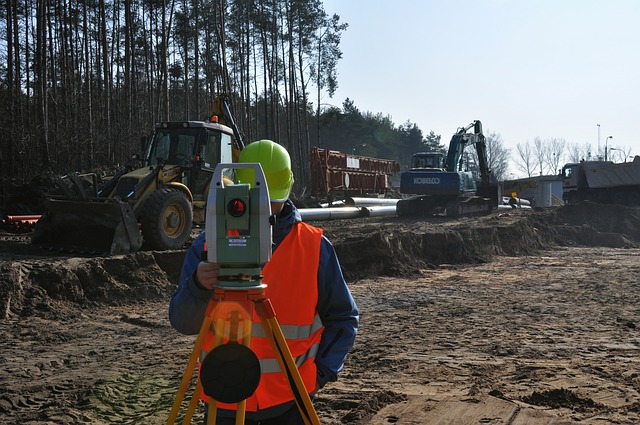Property surveyor v land surveyor
See also: The career of a land or building surveyor.
If you are buying a new property as a home or for your business then you might have been told by concerned parties to use a surveyor, but what precisely does this mean and why should you use them?
First of all, you need to recognise that there is more than one type of surveyor. On the one hand you have property surveyors, and on the other hand you have land surveyors. In many cases property surveyors will be the ones you are more likely to be familiar with, and their job is perhaps the simplest to understand. Essentially, the job of a property surveyor is to check your property before you buy it. This way you will be assured that you are making a good investment and that the property you are going to be moving into is in good condition, safe, and isn't going to fall apart.
A property surveyor will look at things like; the structural integrity of the house, its records, the heating and water supply, any mould or leaks and so on. They can also help you to find out about fault lines or flood planes that might affect your home. By using such a surveyor, you can purchase your new home without having to worry about it being impossible to sell on when you come to move. Bearing in mind how much money you part with when you buy your home, this is a very worthwhile investment. Even if you do still decide to buy, the information garnered from your surveyor can make a useful bargaining position which you can use to drive the price of the property down.
Land surveyors are a little more difficult to understand and fewer people are familiar with them. Essentially, land surveyors will look not at the property itself, but rather at the land it's on, and this is generally not so they can look for potential problems with the property, but rather so that they can identify precisely what the boundaries of your real estate will be.
In other words, when you buy a property you will not just be getting the area surrounded by the fence necessarily, but might also be getting more if the fence has moved over time due to erosion/vandalism/natural wear and tear, or if the fence was placed incorrectly in the first place. If you are thinking of selling your property then this can of course help you to potentially get a better price for it, whereas if you have just bought a property then it is of course prudent to know precisely what you own or what you are getting if you are about to buy.
https://www.modricsurveying.co.uk/
[edit] Related articles on Designing Buildings Wiki
Featured articles and news
CIOB and CORBON combine forces
To elevate professional standards in Nigeria’s construction industry.
Amendment to the GB Energy Bill welcomed by ECA
Move prevents nationally-owned energy company from investing in solar panels produced by modern slavery.
Gregor Harvie argues that AI is state-sanctioned theft of IP.
Heat pumps, vehicle chargers and heating appliances must be sold with smart functionality.
Experimental AI housing target help for councils
Experimental AI could help councils meet housing targets by digitising records.
New-style degrees set for reformed ARB accreditation
Following the ARB Tomorrow's Architects competency outcomes for Architects.
BSRIA Occupant Wellbeing survey BOW
Occupant satisfaction and wellbeing tool inc. physical environment, indoor facilities, functionality and accessibility.
Preserving, waterproofing and decorating buildings.
Many resources for visitors aswell as new features for members.
Using technology to empower communities
The Community data platform; capturing the DNA of a place and fostering participation, for better design.
Heat pump and wind turbine sound calculations for PDRs
MCS publish updated sound calculation standards for permitted development installations.
Homes England creates largest housing-led site in the North
Successful, 34 hectare land acquisition with the residential allocation now completed.
Scottish apprenticeship training proposals
General support although better accountability and transparency is sought.
The history of building regulations
A story of belated action in response to crisis.
Moisture, fire safety and emerging trends in living walls
How wet is your wall?
Current policy explained and newly published consultation by the UK and Welsh Governments.
British architecture 1919–39. Book review.
Conservation of listed prefabs in Moseley.
Energy industry calls for urgent reform.


























